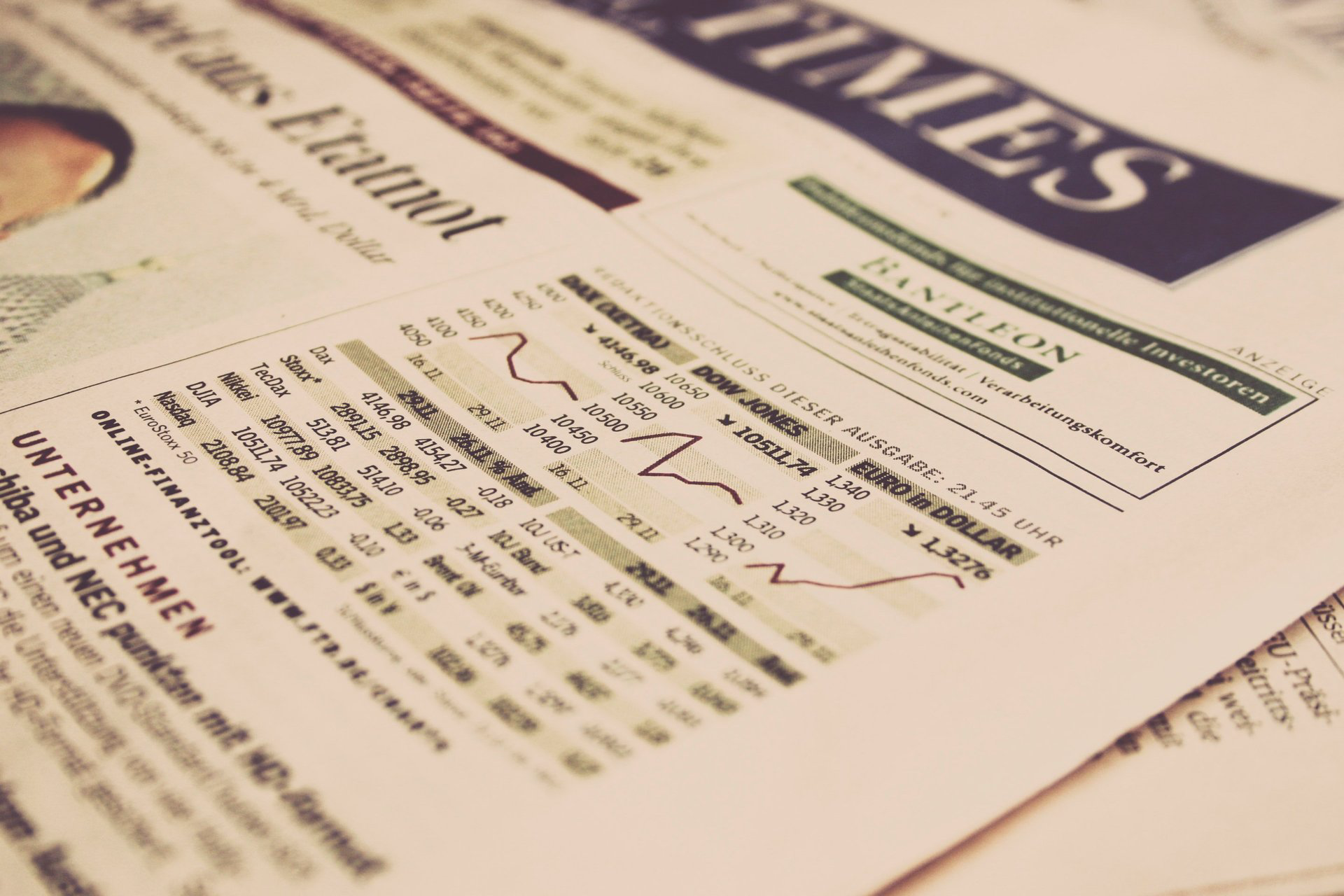Welcome to our blog...

Most importantly, I sincerely hope you and your family continue to remain safe and well in these troubled times. It has been an interesting month since our last update and certainly a lot to mention. Although we don’t seem to have made too much progress on the COVID 19 front, there are some signs of the green shoots of recovery, as countries slowly start to ease lockdowns. Most major developed equity markets rose sharply in May, counteracting significant parts of the declines experienced in February and March. Japanese markets increased more than 8%, a sign capital is being allocated to Japan for its safe haven appeal in times of economic stress. The US recovery was also strong, with indexes gaining 6.8% over the month. As civil unrest increased in the country and concerns over the political response crept in, questions were raised over Trumps re-election, causing equity markets to stall in the middle of May, as sentiment towards the US weakened. UK markets did not fare well in a global context with a relatively small increase of 3.3%, but despite the UKs poor performance, clients have largely benefitted from the global rally through holding a diverse range of international assets. After such a stellar recovery, the question that many now ask is, do current market levels actually represent reality? Many indexes are now within 10% of record highs, after falling close to 40%. There has been some progress with vaccines but nothing definitive and certainly no news on timescales. Lockdowns are slowly easing, but global economies are still operating at a fraction of capacity when compared to pre pandemic levels. There are still many unknowns, yet markets continue to rise. Central banks have undoubtedly helped, with quick, decisive intervention via the introduction of unprecedented support packages. This has, without doubt, cushioned the blow. As mentioned in last month’s update, the environment that central banks have created in implementing interest rate cuts to record lows, does bring focus back to risk assets given the meagre returns generated from cash savings. 2nd quarter GDP figures, due to be released in July, will provide the clearest picture of the impact of 3 months of lockdown. Once this has been determined, financial markets will be able to price in a more accurate picture based on fact, rather than speculation. This will also illustrate if current market levels are realistic. In this kind of environment, it is important to understand where money is being allocated as this can provide a picture as to how investors are positioning and therefore give a gauge of underlying sentiment. There has certainly been a lot of repositioning with investors placing more focus on quality businesses that have strong balance sheets and predictable revenues, whereas the appetite for growth and value assets has remained muted. Adding that to the strong performance from Japan and gold prices close to record highs, there are certainly signs that caution remains in markets, despite the strong recovery. COVID 19 has really been the proverbial Black Swan event that couldn’t be accounted for. Because of this, global growth forecasts have been reduced significantly and many individuals have been impacted financially. Our main focus at present is to ensure clients investments are appropriately positioned to account for the “New Norm”. At Severnside we are here to help all our clients through these challenging times so please don’t hesitate to contact us if you would like to talk things through or just have a general chat.

It is slightly disappointing to be providing our first market update at such a difficult time. Our hope is that you have all remained safe and well and continue to do so until we reach the end of this challenging period. Adding to that concern are the sometimes sensationalist news headlines that talk about record stock market falls and the forthcoming Armageddon! What is sometimes lost within the barrage of bad news are some relatively comforting facts that provide hope there will be a limit to the fallout created by this global health crisis. In the short term, the issue we have right now is the true impact has not been seen in economic numbers, so investment markets are moving irrationally, based on speculation. This is an extremely difficult situation to predict but does explain why markets have been so volatile – because the one thing markets hate is uncertainty! As the range of economic numbers are released over the coming weeks, the picture will become clearer and volatility will subside. On a medium-term basis there is room for some optimism. Global researchers are frantically trialling vaccines and antibody tests. Those trials are being fast tracked with a number already being tested on humans, a timescale that was previously thought impossible. A much quicker and more likely solution will be an anti-viral treatment. Many existing drugs are being re-purposed, and it is highly likely there will be a breakthrough treatment that eases symptoms. This would ease the strain on global healthcare systems enabling a large portion of the global workforce to be deployed back to productivity. Longer term, it is important to remember we are in the midst of a healthcare crisis, not a banking crisis. The banking system is in much better shape following the 2008 financial meltdown and carry much stronger cash balances. The current economic slowdown is not driven by a lack of available credit, it is a forced lock down. Governments know the virus cannot be eradicated and the lockdown must end. We are experiencing something that is termed the ‘Hammer Blow’ which is an enforcement that enables governments to get on top of things and buy some time. The stimulus packages governments provided to support their economies in 2008 were of a magnitude that had never been seen before. At the same time, interest rates were pulled down to historic lows and, after some time, positive effects were seen across global markets leading to the longest bull run in recent memory. That was because money was no longer earning interest in the bank, so it was placed in shares, bonds and other investments to try and achieve some kind of return. From the market’s perspective, it boils down to a simple case of supply and demand. The demand for investments was high and therefore led to price increases that have been extremely rewarding for investors in recent years. The scale of government support that has recently been introduced make the 2008 stimulus packages look pretty small. On a long-term basis, this is good news. Combining that, with interest rates being reduced to even lower levels than in 2008, sets up an even stronger case for investments to perform well over the coming years. There will once again be high demand for risk assets due to the same issues we experienced in 2008, where interest rates remained low for many years and this directly fed into stock market performance. We are certainly facing the same situation for several years to come. To use a well-known saying, ‘It’s time in the market, not timing of the market’. A natural part of any market cycle are periods of downside, but these will always give way to eventual recovery. The very short term may be a little unpredictable but the factors we know, that have already been put in place, do provide confidence that we will move back into a period of significant medium to long term market performance. At Severnside we are here to help all our clients through these challenging times so please don’t hesitate to contact us if you would like to talk things through or just have a general chat.

